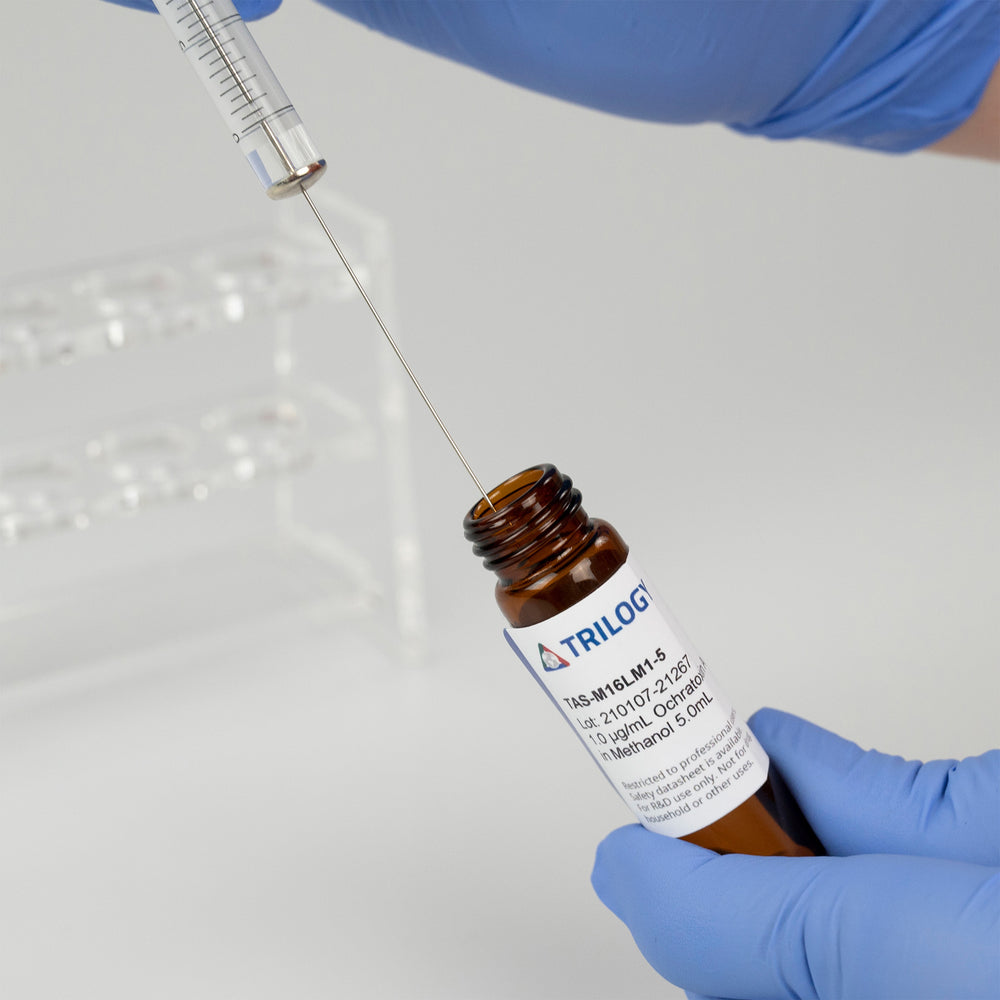What's in a number? Understanding mycotoxin results.
Jenny Rodgers
May 1, 2017

Whether you're at home, the office, or spending an afternoon running errands, chances are your day will be spent dealing with numbers. Have you ever put any thought into the accuracy of those numbers? What were all the measurements and calculations that contributed to that final number? It’s easy to accept a number at face value until something goes wrong. This is certainly an important consideration when it comes to mycotoxin analysis.
What factors affect your final mycotoxin result?
- Has proper sample preparation taken place? Sample preparation plays a much larger part in the final result than most people realize. The mycotoxin must be extracted from the sample before the analysis can begin. The finer the grind of your sample, the less variable the results will be.
- How much sample needs to be extracted? As a typical rule, the larger the sample size used in the extraction process, the less variable the final result.
- What extraction system is being used? Not all extraction systems are compatible with all mycotoxins. The solvent that is selected will determine the amount of toxin that is extracted from the sample. If this step is performed incorrectly, there will be no chance of finding the true concentration.
- Is the method appropriate for your sample? Using a laboratory with extensive knowledge and experience in method selection for the sample commodity is important, as this will ultimately contribute to the sample’s final concentration. It’s important to remember that just because a method will yield a result does not mean it will yield the correct result.
- Has the analyst received proper training? Not only does an analyst need to have extensive training in the methodology, but also in proper laboratory techniques. When you choose a laboratory, you are trusting the overall quality of their system.
What does your result mean?
The results are in and the final report is available. You may be looking at a result that is a 17ppb, but what is the uncertainty range of this number? Does this result actually mean 17ppb, or should you be making decisions based on the knowledge that your laboratory has taken all points of uncertainty into consideration? Remember, a 17ppb result could be retested at any time and return a result within a range of 14ppb to 20ppb and be completely accurate.
It’s always important to be aware of all the measurements and calculations that contribute to your final number and be sure to ask, “What’s in my number?"
About Trilogy
Trilogy is a food and feed safety laboratory specializing in mycotoxins, mycotoxin binder analysis, biogenic amines and animal drug residue testing. Trilogy Analytical Laboratory opened its doors in 1999 when its founders recognized a need in the mycotoxin industry for quick result turn-around utilizing reliable reference methods provided in an analytical setting. One of the main pillars of Trilogy’s strategy is to operate using a comprehensive quality program that we can rely on to ensure performance parameters are met every single time. From this philosophy the Trilogy line of quality products was born with the mycotoxin industry in mind.
Media Contact: Lynette Hischier, l.hischier@trilogylab.com






